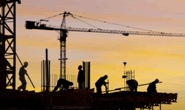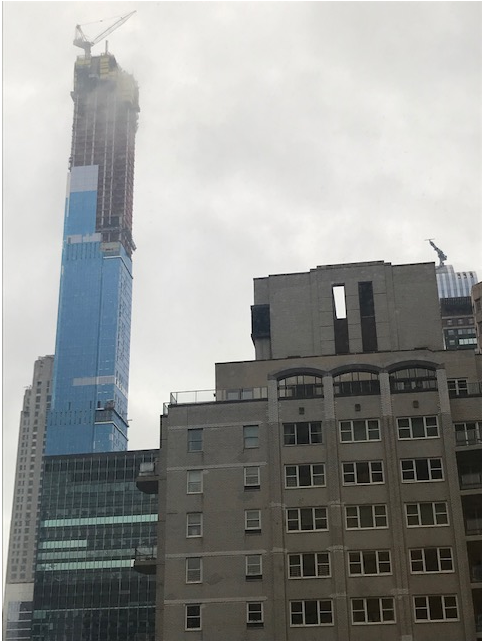Prices

June 20, 2019
Steel Demand Will Determine Whether U.S. Steel's Move to Idle Furnaces is Enough
Written by John Packard
The construction segment of the market is booming. This is what we heard from the HARDI steel conference call we participated in last week, and it is what we heard from many companies over the two days SMU was in New York City earlier this week. Whenever we travel, one of the things we always look for as the plane comes in for the landing, and as we drive around town, is the number of construction cranes dotting the skyline. SMU can remember back to 2008-2010 when the cranes virtually disappeared from just about every major city in the United States. That is not the case right now.

The service center COO who spoke to the BOA group told us his company has 19 locations and services 50,000 customers across the country. They service several market segments and he briefly provided guidance for a number of them. “Construction has been very good and will be through the end of the year,” he said, including the HVAC (heating, ventilating, air-conditioning) segment of the construction market (which our HARDI members supply).
He told us that public projects are down 6 percent. Most of the market orders are much smaller. Manufacturing is a “mixed bag” and agriculture is currently in limbo as the farmers are calculating whether to plant crops or take the subsidy to not plant this year. In the energy markets, there is money being invested and business is good, “but not as good as last year.” His company supports other service centers by providing JIT inventory needs. There is quite a bit of margin compression and service centers are buying only what they can immediately resell, he added.
Another point made by many of the steel service center execs at the BOA dinner was about the erosion of pricing out of the steel mills. “Mills have dropped their prices by 15 percent over the past month,” said one steel buyer. “They have dropped prices by 40 percent since the beginning of the year. What does this say about your mill suppliers?”
In response to the oversupply of steel in the market, U.S. Steel announced this week they were idling two blast furnaces, taking approximately 200,000 tons of pig iron melt out of the market on a monthly basis. The furnaces will go down in July, and SMU does not anticipate any noticeable change in supply right away. We discussed this with CRU analysts this morning, and they pointed out the real loss of tonnage may be closer to 170,000 net tons of steel. Much of those idled tons could be replaced by imports coming from Mexico and Canada due to the elimination of the Section 232 tariffs. At the same time, JSW Ohio is ramping up their production. So, the net effect on the market is uncertain.
The real question now is about demand and a recognition of where true demand is for the balance of the year. As was mentioned above, construction is booming (at least for now), but there are signs of a weakening in the residential markets (which lead commercial due to the lead times necessary to build a house vs. a commercial building). The service centers and traders with whom SMU spoke over the past few days are telling us of flat to weaker demand at their non-construction accounts. Yes, there may be some pent-up demand due to buyers holding back over fear of falling prices. Should a move be made to drive prices higher, those buyers would, at least temporarily, be forced to come off the sidelines if lead times moved out. Then the issue would be, how strong is real demand? Will it support a longer-term move in pricing?
SMU expects the domestic mills to test the waters in the coming weeks to find out the answer to this question.







